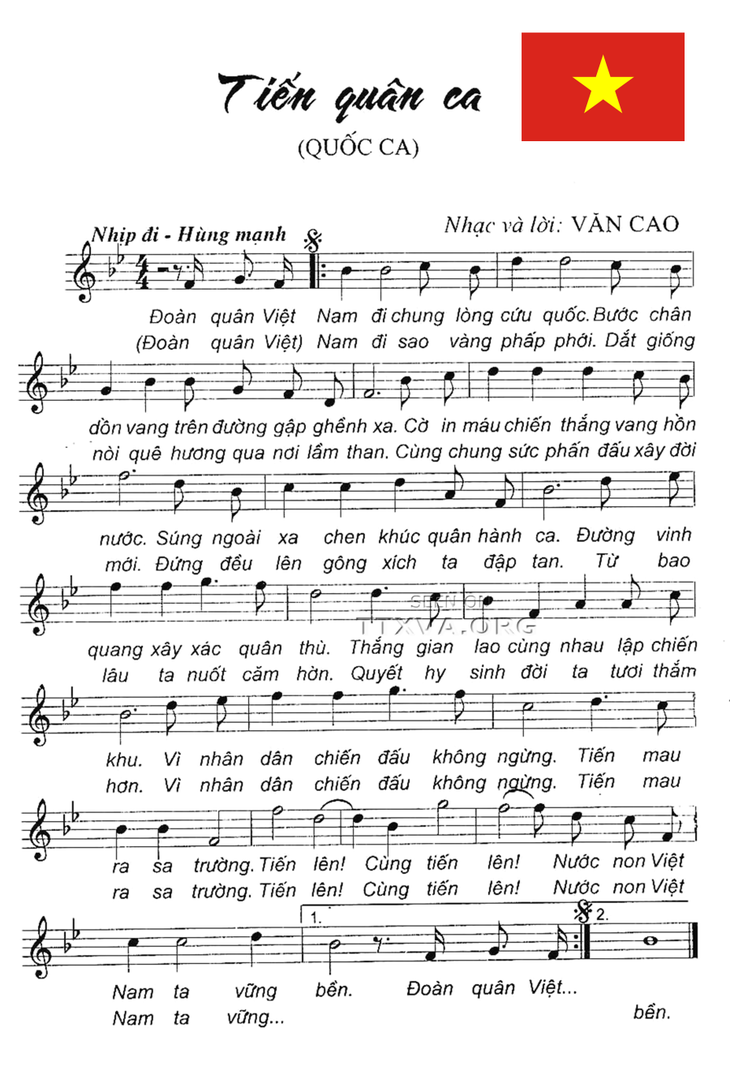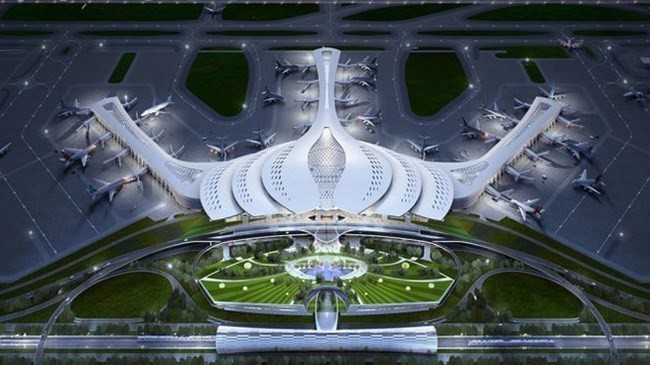B: Thank you, Mr. Moesel, very much for tuning in to VOV. We’ll confirm your report with a QSL card. Our program is available on shortwave and also on the internet at vovworld.vn. You can also listen to our programs for domestic and foreign listeners in Vietnam using our mobile app called “VOV Media”. We hope to receive more regular reports from you.
A: This week Grant Skinner of the UK sent us a reception report for the program on September 28 on the frequency of 7280 khz, but rated SINPO only 15151. He wrote: “The Voice of Vietnam has a lot to offer and deserves to be heard, but for a long while Voice of Vietnam has endured a lot of noise and interference. Your efforts are much appreciated.”
B: Thank you, Mr. Skinner, for your detailed regular report. We’ll forward your reports to our technicians and ask them to check the transmission quality in order to improve it.
A: Hayato Furukawa sent us a letter with a reception report for the program from 20:30 to 21:00 on October 5 on the frequency of 9840 khz. He said he has sent us 9 reception reports so far this year and will continue to send more regular reports.
B: We appreciate your report very much and hope to hear more from you. This week, Jayanta Chakrabarty of India and several other listeners asked about the national song of Vietnam and its author.
 Vietnamese national anthem "Marching Song" was composed by Van Cao Vietnamese national anthem "Marching Song" was composed by Van Cao |
A: “Tiến Quân Ca” or "Marching Song", also known as the "Army March" or the "Song of Advancing Soldiers”, is the National Anthem of Vietnam, composed by Van Cao in 1944. The "Marching Song" was adopted as the national anthem of North Vietnam in 1945, and was adopted as the national anthem of the new unified Socialist Republic of Vietnam in 1976, following the reunification of Vietnam at the end of the war.
B: “Marching Song” was published in papers on November 1944 with lithographs by Văn Cao. On August 17, 1945, the song was sung for the first time at a rally of civil servants in Hanoi.
A: On August 13, 1945, President Ho Chi Minh approved “Marching Song” to be officially recognized as the anthem of the Democratic Republic of Vietnam.
B: On September 2, 1945, “Marching Song” was officially performed on the day of the Declaration of Independence at Ba Dinh Square by the Liberation Army band commanded by Dinh Ngoc Lien.
A: In 1946, the 1st National Assembly officially recognized "Marching Song" as the national anthem. In the first Constitution of the Democratic Republic of Vietnam Article 3 speaks directly of the national anthem.
B: Following the reunification of Vietnam, on July 2, 1976, "Marching song " was chosen as the national anthem of the Socialist Republic of Vietnam.
A: Now let’s talk about the author of the Vietnamese national anthem. Born Nguyen Van Cao in the northern coastal city of Hai Phong, Van Cao initially composed romantic ballads like “Sad Autumn” in 1939 and “Old Melody” in 1942.
 Composer Van Cao Composer Van Cao |
B: In 1942, he joined the revolutionary movement and began composing songs about the nation and soldiers.
A: His popular songs include “Bac Son - A Guerrilla Centre During the War against the French Invaders”, “Vietnamese Soldiers”, and “Vietnamese Air Force” in 1945, and “The Lo River Epic” in 1947. Van Cao was also a successful poet and painter.
B: Van Cao was one of the most influential songwriters in Vietnam in the 20th century. His love songs still inspire contemporary Vietnamese pop singers. His music and lyrics were touched with sadness, but a pure, innocent sadness without being maudlin. None of his love songs are self-indulgently. They are now mournful, now uplifting, perfect with words taken from poems written by Van Cao himself. “Thien Thai” and “Truong Chi” epitomize romantic music. Van Cao combined his romantic streak with his patriotism to write revolutionary songs that called on young people to fight the enemy.
A: Van Cao was a talented, sensitive man. He had aspirations in multiple areas including music, poetry and painting. His poems explore the inner world of man; his paintings, particularly his illustrations, have a style of their own. But whenever we talk about Van Cao, we talk of his music first.
B: Van Cao passed away in 1995, but his accomplishments will live on for generations.
A: This week, Shivendu Paul of India told us about the Durga Puja Festival in West Bengal, India. He wrote: “From September 29 to October 8 we celebrate the Durga Puja Festival. Durga Puja, a major festival of Hinduism, is traditionally held for 10 days in the month of Ashvina, the seventh month of the Hindu calendar, and particularly celebrated in Bengal, Assam, and other eastern Indian states. Durga Puja celebrates the victory of the goddess Durga over the demon king Mahishasura.”
B: Thank you, Mr. Paul, for sharing that story with us. At VOV, we have a eature called Culture Rendezvous which discusses culture, customs, and traditions of countries around the world. The segment is broadcast on our FM frequency but also available on our website at vovworld.vn and on our mobile app. You are encouraged to send audio files about your culture or about Vietnam for broadcasting on VOV.
A: Siddhartha Bhattacharjee sent us several emails this week. In all of them he asked about airports in Vietnam. Within the timeframe of this program, we can’t tell you all everything about them, but today we’ll tell you a little bit about Long Thanh International Airport, whose 1st phase of construction is expected to begin in 2021.
 The design of Long Thanh International Airport. Long Thanh International Airport is included in the list of 16 of the most exciting airport projects under construction or redevelopment made by CNN. The design of Long Thanh International Airport. Long Thanh International Airport is included in the list of 16 of the most exciting airport projects under construction or redevelopment made by CNN.
(Photo: ACV) |
B: A proposal for the first phase of construction at a cost of 4.8 billion USD was submitted to the National Assembly this week. If the proposal is approved, construction can begin in the first quarter of 2021, according to Lai Xuan Thanh, Chairman of the Airport Corporation of Vietnam (ACV).
A: The airport was initially approved by the NA four years ago, but funding has remained a big question, even with construction is set to start next year. The airport will be built in three phases over three decades, and is expected to become the country’s largest airport.
B: The first phase is scheduled for completion in 2025, when the new airport will be able to handle 25 million passengers a year.
A: Once completed, the airport will have an annual capacity of 100 million passengers and five million tons of cargo. The total cost estimate is 5.4 billion USD now, but experts warn that this could double if the project is delayed by five years.
B: Located 40km east of HCM City, Long Thanh airport will relieve overloading at Tan Son Nhat International Airport in HCM City, currently the country’s largest airport.
A: Vietnamese airports served more than 103 million passengers last year, up 11 per cent from 2017, according to ACV.
B: This week, we acknowledge reception reports from H.M. Tarek, Eti Mone, Karniz Fatema Sanu, Saif Khan, and Feona Rahman of Bangladesh and Madhab Chandra Sagou, Bhaikan Hazarika, Deep Paul, and Shyamal Kumar Banerjee of India.
B: Thank you all for tuning in to VOV’s English program and sending us your feedback. We’ll send you QSL cards to confirm your reports. We welcome your letters at English Service, VOVWorld, Voice of Vietnam, 45 Ba Trieu Street, Hanoi, Vietnam. Our email address is englishsection@vov.org.vn. Thank you for listening to VOV on shortwave and following us online. Goodbye until next time.